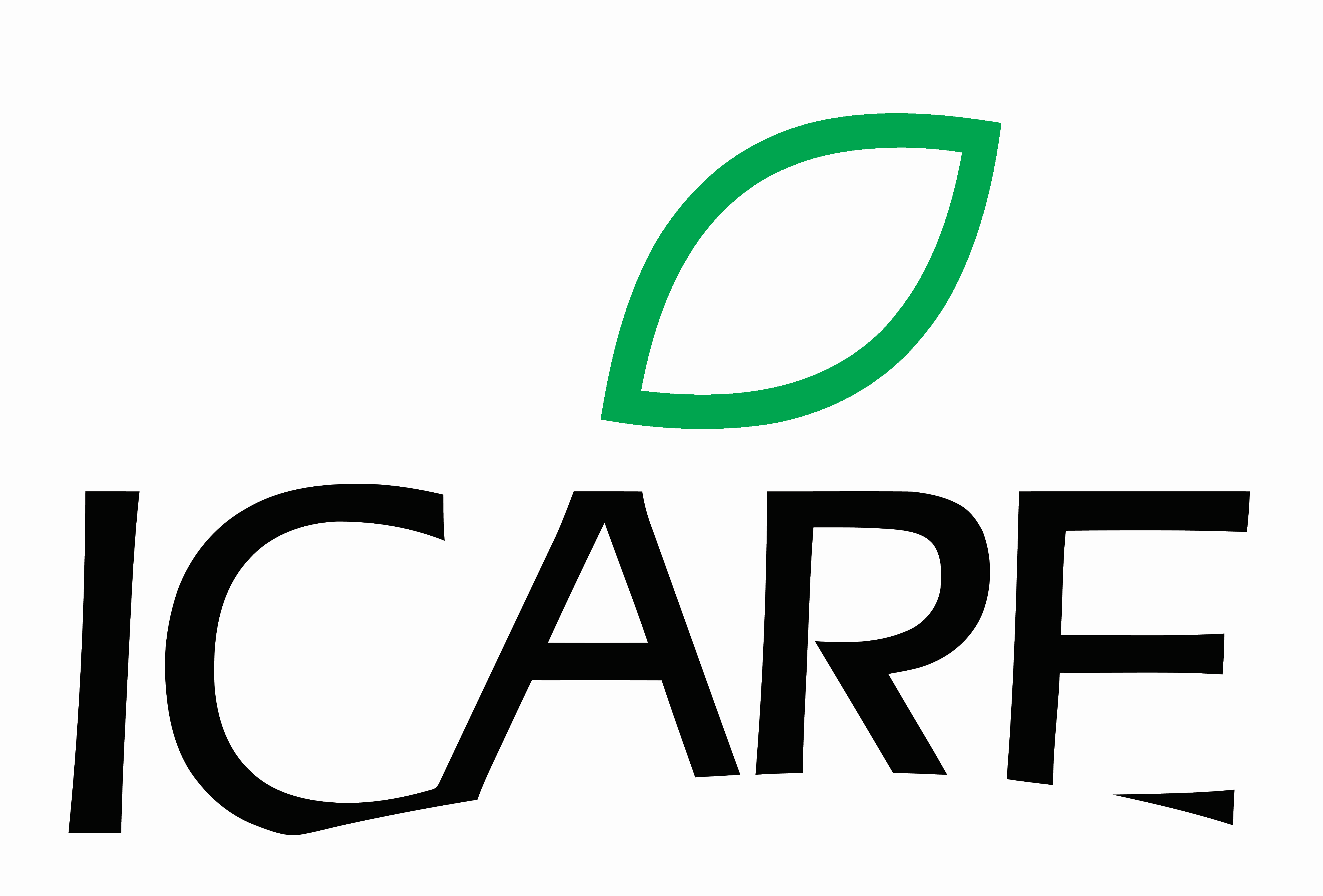The two-month Geographic Information Systems (GIS) and Remote Sensing (RS) Certificate Program is completed.
The course’s objectives were to introduce GIS and RS technologies, including drones, along with theoretical and practical exercises to aid participants to develop skills in the application of ArcGIS software. This course introduced Geographic Information Systems (GIS), including a review of mapping fundamentals and an exploration of the use of spatial data in mapping. Students used ArcGIS Pro software to complete practical exercises and to illustrate concepts that are learned through reading, discussion, and lecture material. As learning outcomes, the participants learned to know how to demonstrate a working knowledge of GIS layers in a GIS mapping environment; understand the evolution of map making and the impact of online mapping on GIS; define, interpret, and create Story Maps as a means of visually representing geographic data and analysis; identify, acquire, and use geographic data and maps from online sources, including the Living Atlas; define, interpret, and apply spatial analysis concepts and tools in GIS; define, interpret, and apply 3D mapping techniques and tools to visualize and map spatial data in 3D; demonstrate the use of GIS Apps, including appropriate selection and integration into a GIS mapping project; define, explain, and demonstrate the use of remote sensing in GIS; demonstrate an understanding of imagery layers and raster data, including multispectral data and analysis; demonstrate an understanding of remote sensing sensors and their use in data collection and imagery; analyze land cover, vegetation, and location suitability using imagery; analyze change using continuous, cyclical, and discrete temporal data; understand the role of imagery as a source of “big data” and its use in GIS and spatial analysis; describe and comprehend a UAS planning mission for collection of agricultural data; demonstrate the integration and analysis of UAS data into a mapping project.
Professor Mark Guizlo, Lakeland Community College and Kent State University, USA, who taught Geography and GIS in the United States for twenty years, was the main instructor, hosting all lectures, with Professor Pakrad Balabanian, Senior Technical Consultant and Advisor for Esri, aiding with software access, permissions, and other inquiries. Both professors attended class using distance learning technologies, mainly Skype. Instructors made some tune-ups and adjustments to the initially developed course curriculum based on lessons learned. Ms. Gohar Shahinyan was the teaching assistant for the second round of the course and was available physically in the classroom at each lecture.
The course covered practical GIS application including symbology, basics on habitat mapping, OSM data in ArcGIS Pro, data collection through Survey123 application, basic data exploration and manipulation, spatial analysis – mainly buffer analysis, introduction to drones and practice exercise flying mini-drones, CAD application, and development of story maps in ArcGIS online using data from Survey123 and other sources. No practice exercises relating to remote sensing were executed.
The course’s theoretical material presented a wide range of information from Fundamentals in ArcGIS, to Introduction to ArcGIS Pro and ArcGIS Online, to Geospatial Analysis and the use of Apps in ArcGIS, to Cartographic Maps and Map Elements, to Geospatial File Types and Data Storage formats to Basic editing functions and more.
Most participants found the course relevant to their current jobs and GIS application necessary to improve the efficiency and effectiveness of their profession. The majority of participants also expressed a desire to continue learning and using GIS technologies in the future and constantly inquired about access to ArcGIS platforms, including ArcGIS Online after the completion of the course.



